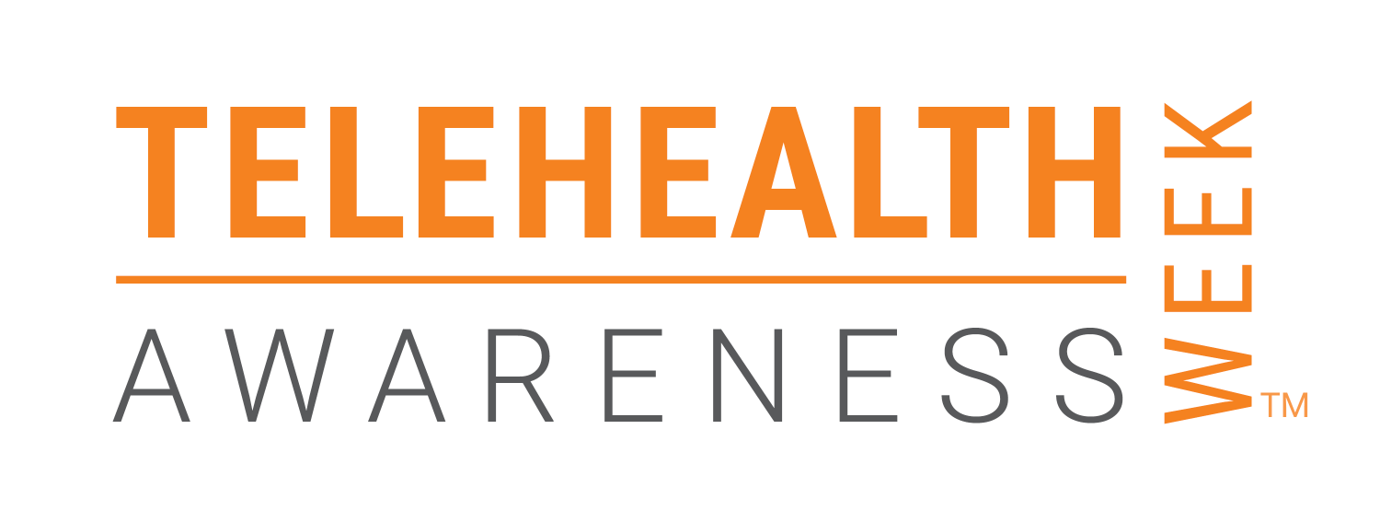When RBEs Ask About the Inherent Value of Telehealth, it’s Up to Us to Show Them

Terry Duesterhoeft, Chief Product Officer
Before the pandemic, most vendors in the telehealth, telemedicine and remote patient monitoring spaces were doing the diligent work of trying to convince patients, providers and payers that virtual care options benefitted everyone. It was hard work – and some of us have been doing it for decades.
But as we all know, COVID-19 changed everything with respect to how we utilize telehealth and other remote options in caring for patients. And one thing is very clear: patients like it.
In fact, one survey reports that 91% of respondents who used a telehealth appointment were likely to schedule another one, instead of an in-person visit – and not just because they were afraid of COVID-19. They preferred things about the experience: the convenience of a seamless, all-online visit. Being able to stay at home. Ease of communication. The way their health information could be easily relayed from the hospital or doctor to the pharmacy. The feel of real-time care.
And maybe most importantly: nearly half of all those survey respondents said if a provider didn’t offer telehealth appointments, it would influence their decision to use them.
With that type of demand, we know that all aspects of patient care are going to change. From risk-bearing entities (RBEs) adopting telehealth, RPM and other areas of virtual care, to health systems moving to explore Hospital@Home models.
But after talking to the providers we work with on a regular basis, I get the feeling they are embracing virtual care at least partially because of patient demand – but not necessarily completely because it benefits them. Which means it is an opportunity for us to help providers access the gains that come from making the patient’s home the epicenter of care.
And we can do that by addressing the known pain points while we continue to keep our finger on the pulse of the new challenges that arise for them.
Addressing Pain Points
In our work with providers, there are still three key pain points that routinely come up related to virtual care: 1) data accuracy, 2) quantity of data generated, and 3) patient compliance.
First, providers want to make sure data collected remotely is accurate and standardized. Without that, the foundation of any good care model falls apart (data accuracy is the price of entry for anyone looking to play a role in remote patient monitoring and virtual care). We can address this by sharing how devices align to the “gold standards” to ensure proper validation, regulatory clearance, and the protocols used by third-party verification to ensure consistency and quality.
In addition, with the rise of wearables and other consumer health devices, data standardization is also an absolutely critical element in the adoption of any device’s generated biometric data.
Second, we need to address the massive amounts of data generated by digital health technologies. We need to ensure that we aren’t simply pushing more data into a clinician’s in-box. Applying AI and data science to this pain point is something we’ve all been talking about for years, but it is now both an expectation and an opportunity for us to help providers realize the full potential of digital health.
The promise of technology should be that solutions give providers the capability to continuously evaluate patient data while looking for meaningful patterns and deliver health insights in an actionable way that easily integrates into existing telehealth and related virtual care management systems.
Lastly, and most importantly, we need to collectively work on improving patient compliance to enable virtual care and telehealth to produce better outcomes. We’ve found that the best way to do that is by bringing technology solutions into the virtual care model that are built around passive and contact-free patient involvement. In addition, they need to be seamless enough to fit into the backdrop of everyday life, so the collection of data is passive, continuous and automatic.
Listening to Providers and the Industry
One of the key elements to understanding anything is listening: we can’t know how to help if we don’t know what people need. For that reason, we need to continually ask care providers: what can we do to help? What problems do you need to solve? What barriers stand in the way of deploying virtual care?
As part of the first Telehealth Awareness Week, we put a new survey in the field to see if we can glean where the industry sees the biggest gaps in remote monitoring technologies. We look forward to sharing those results very soon, but if you’re a provider – we invite you to participate. We want to hear from you.
By addressing known pain points, we can help providers embrace a technology solution their patients want. And by asking them what they need, we can address the unknown paint points as well.
About the Author:
Terry Duesterhoeft has more than 20 years of experience as a thought leader, executive, and strategic marketing leader in MedTech and digital health. He has consistently focused on developing new product strategies and execution, and on growing innovative new businesses; scaling up or pivoting existing ones; and building and mentoring global teams to accomplish it.

